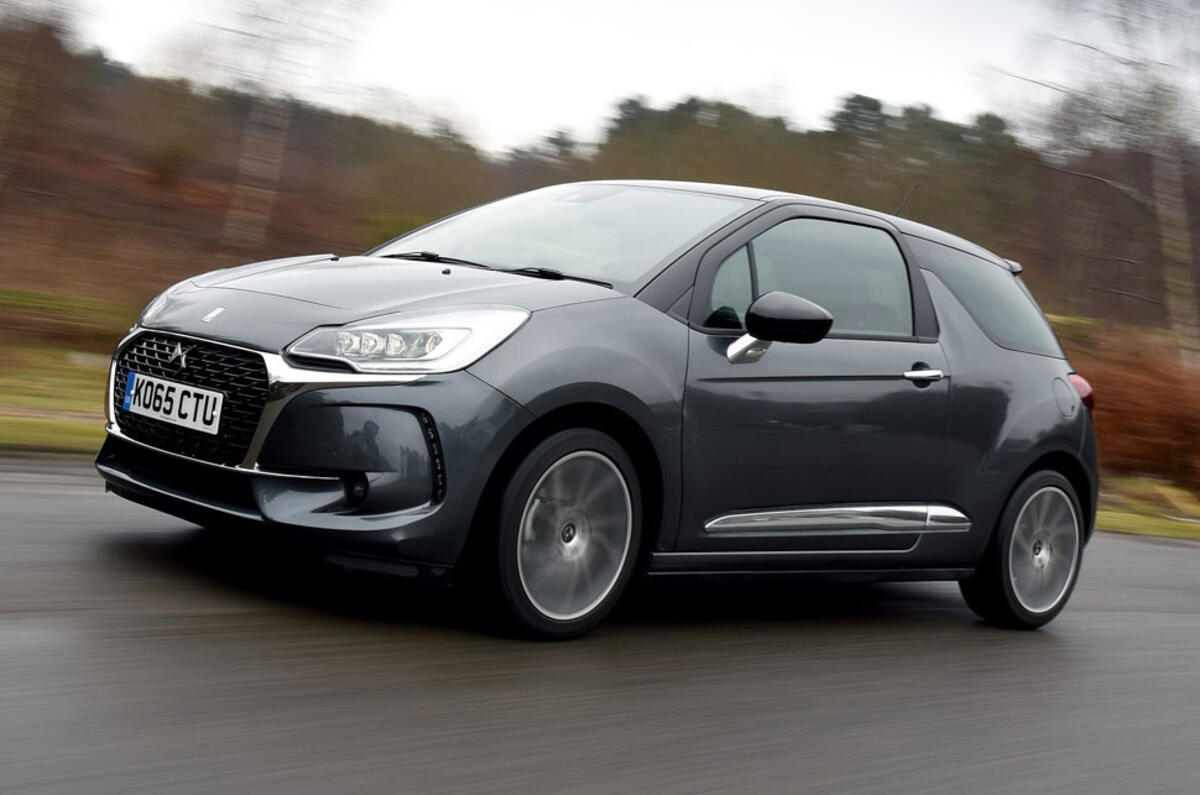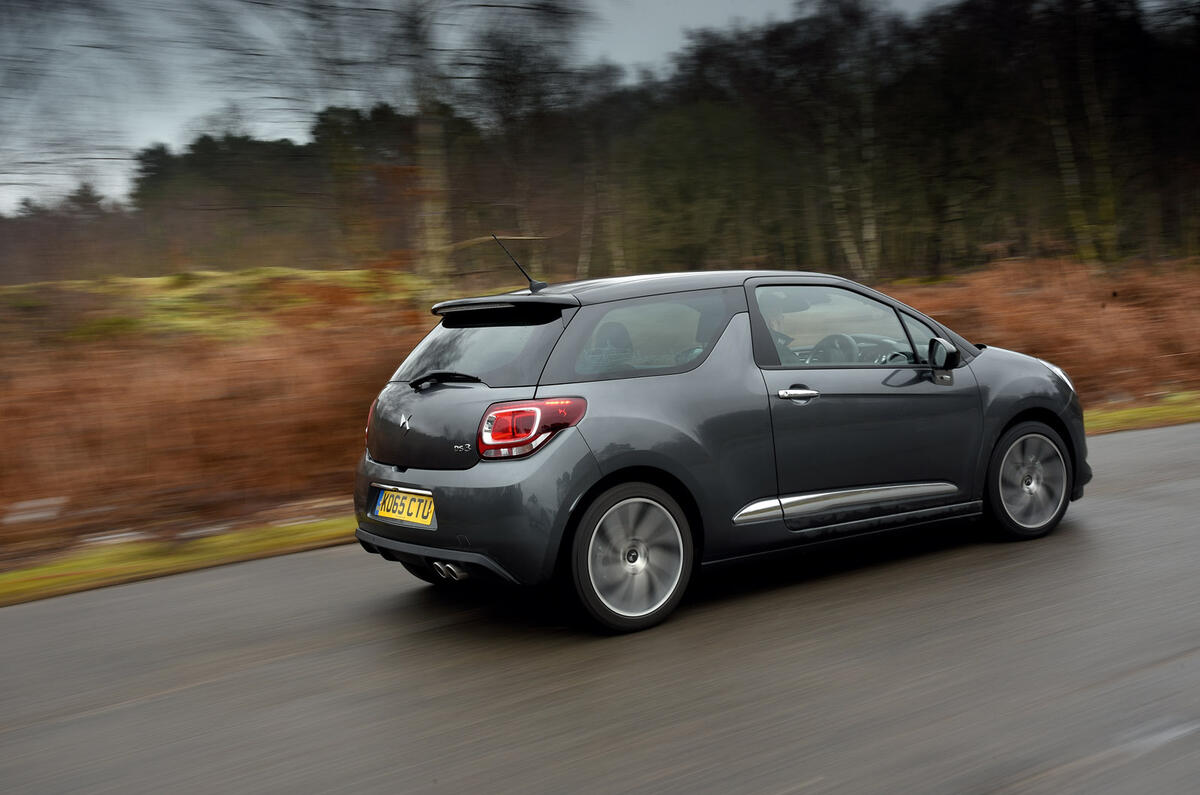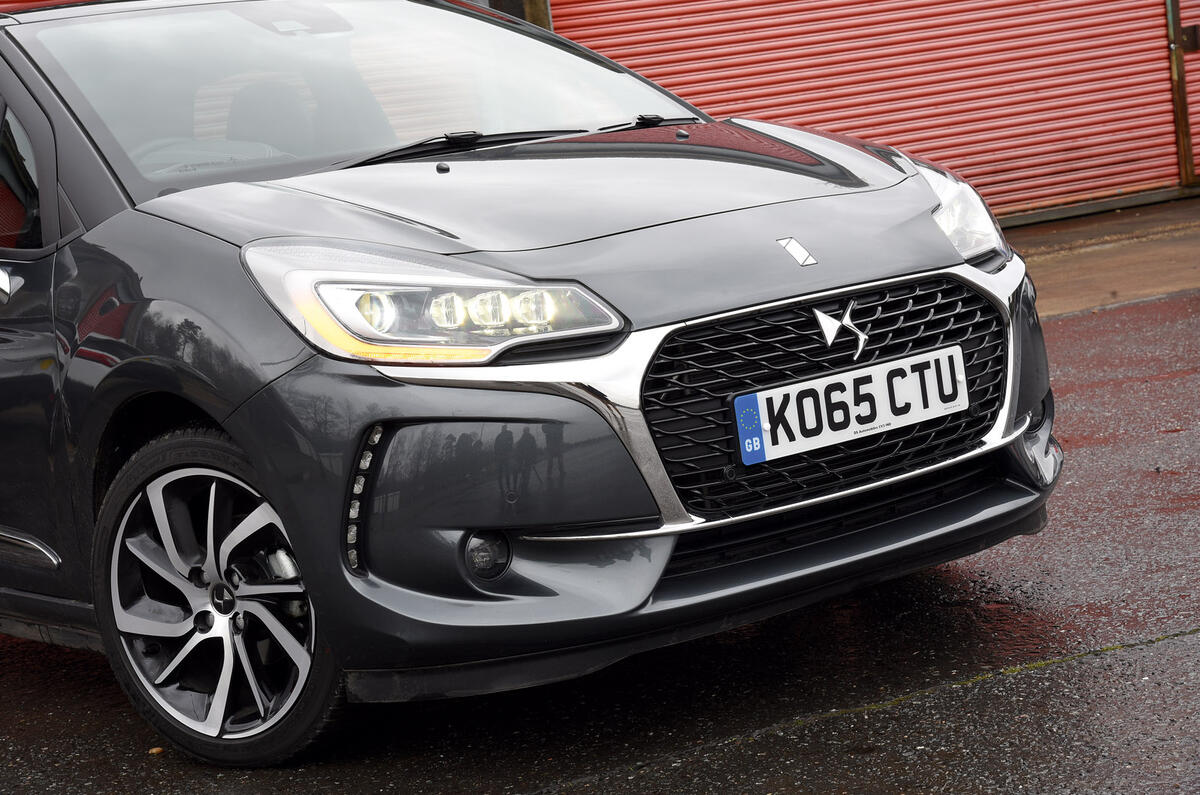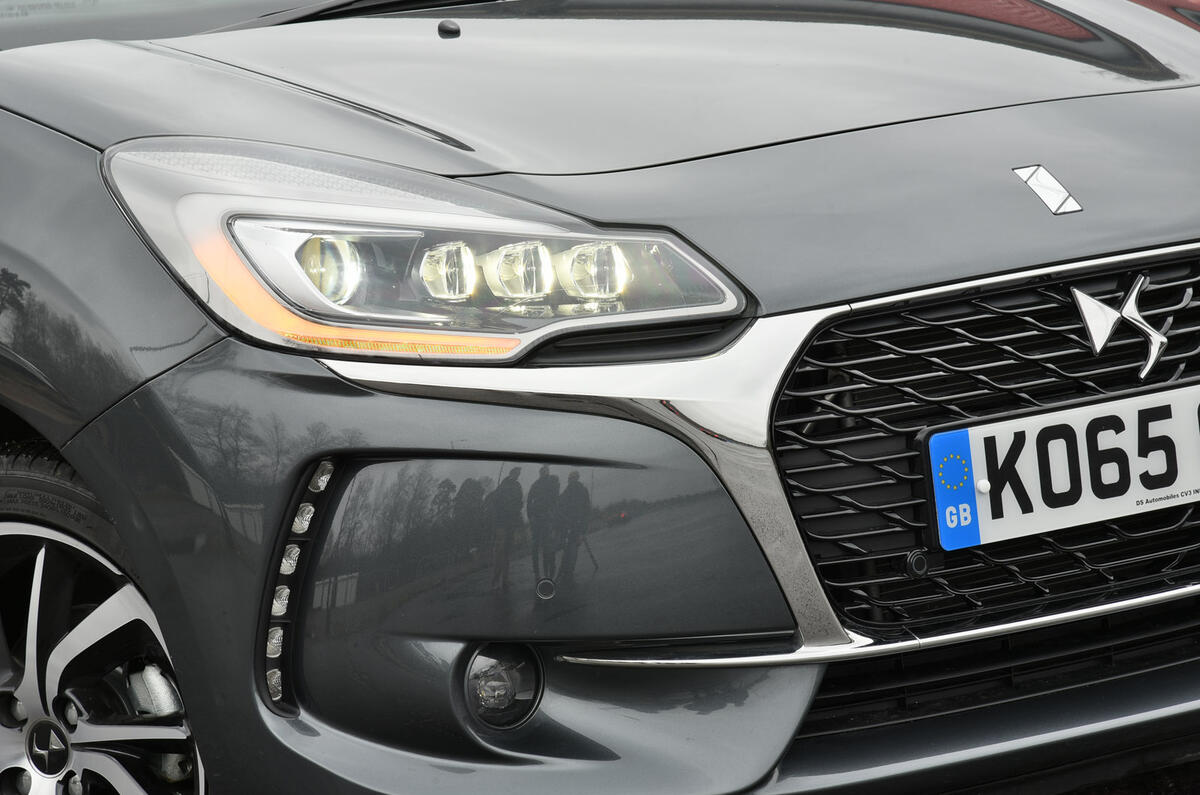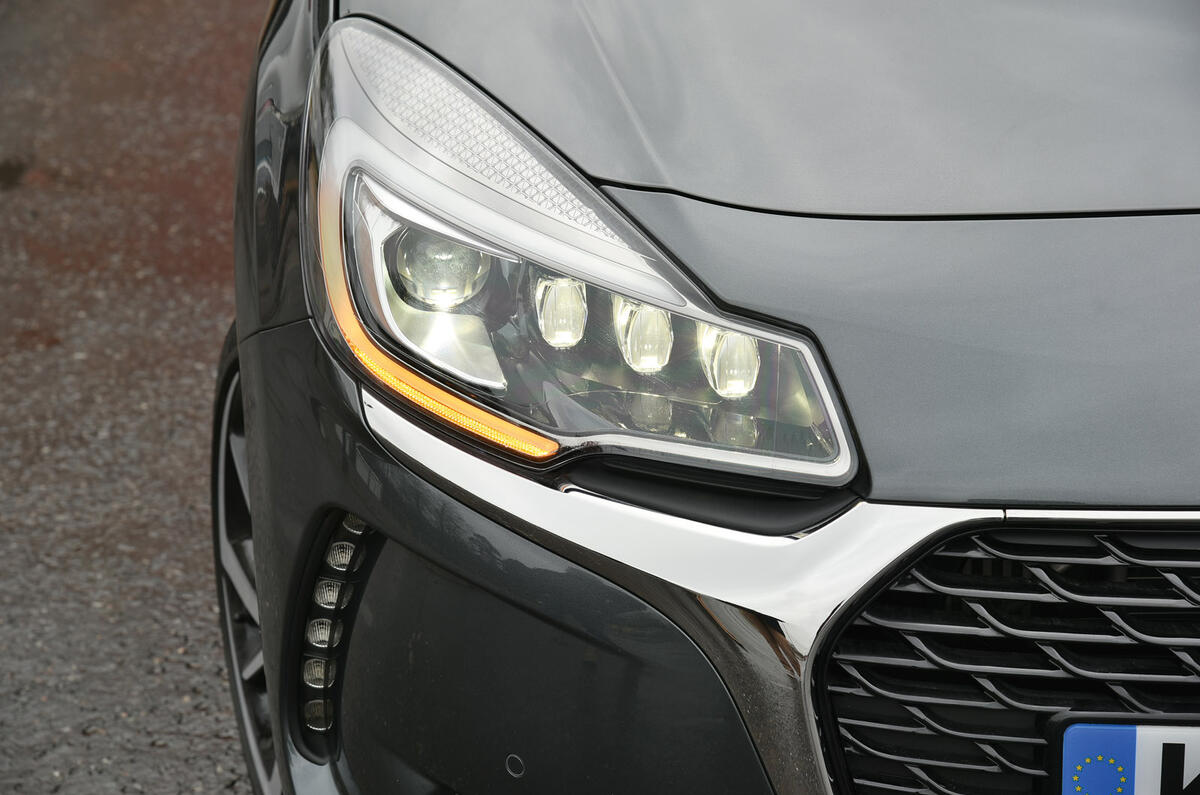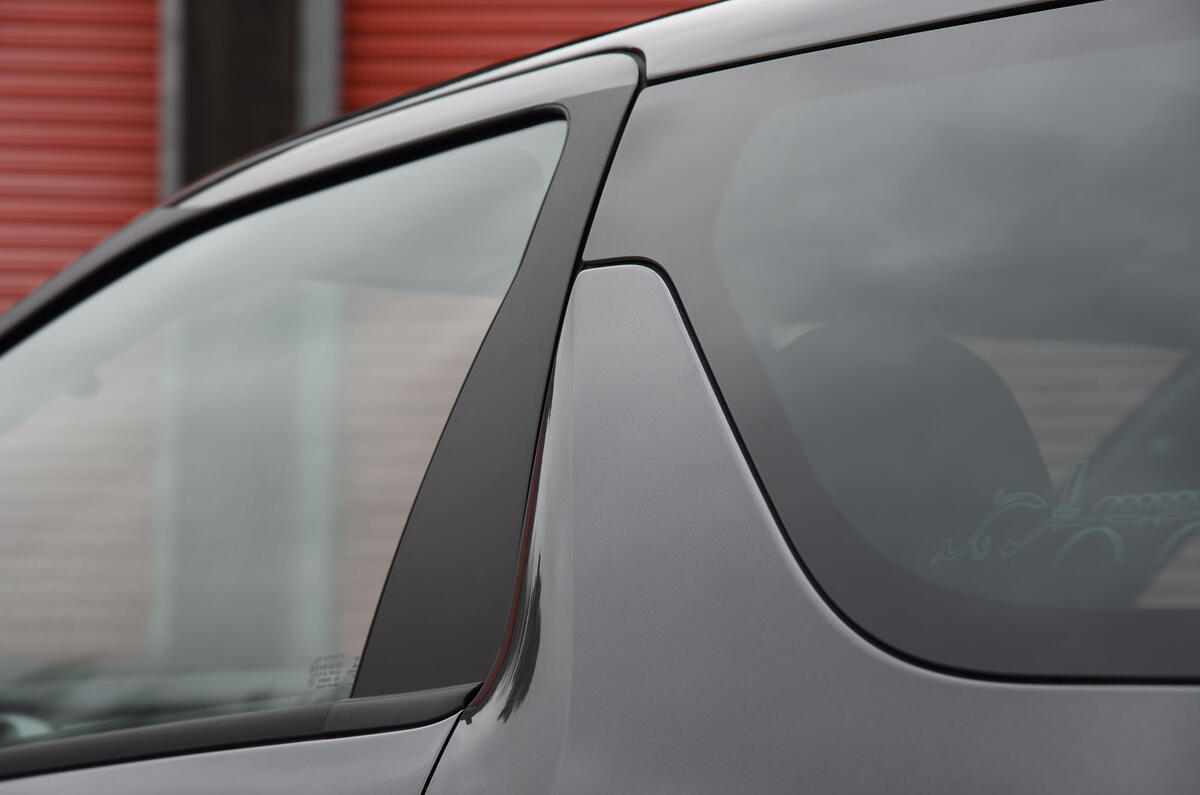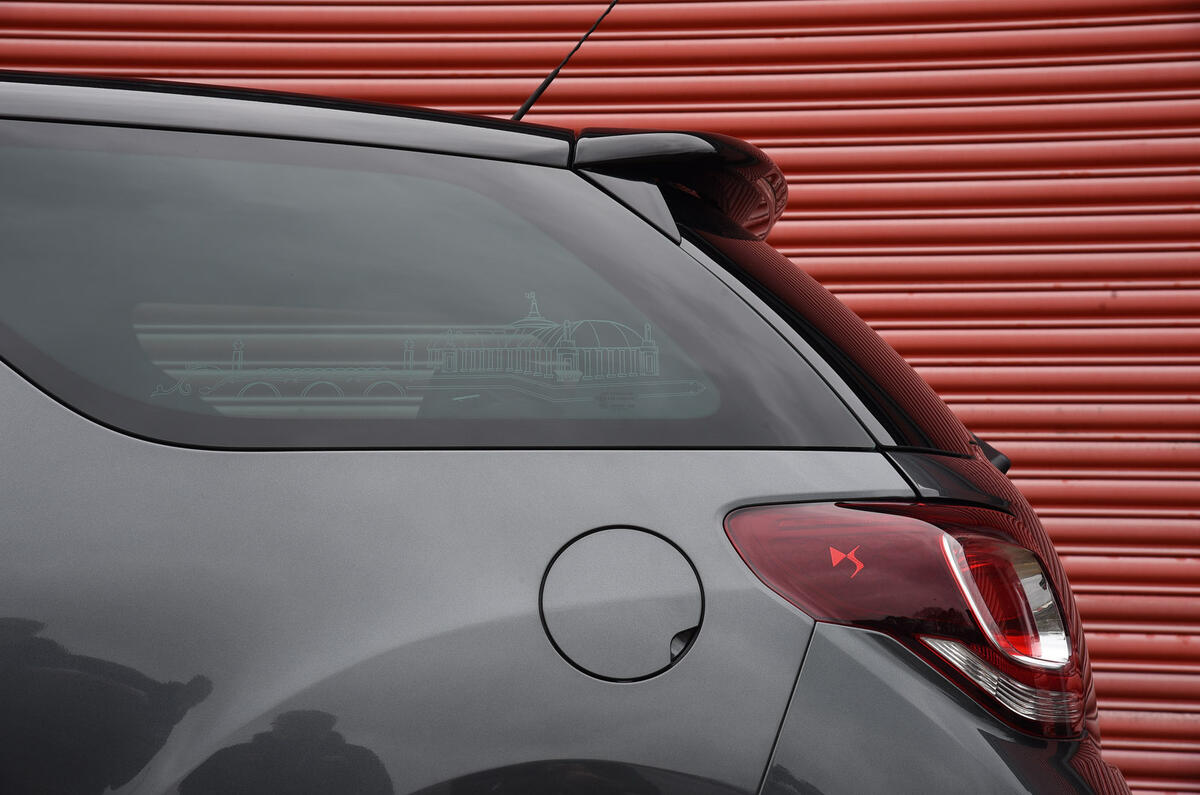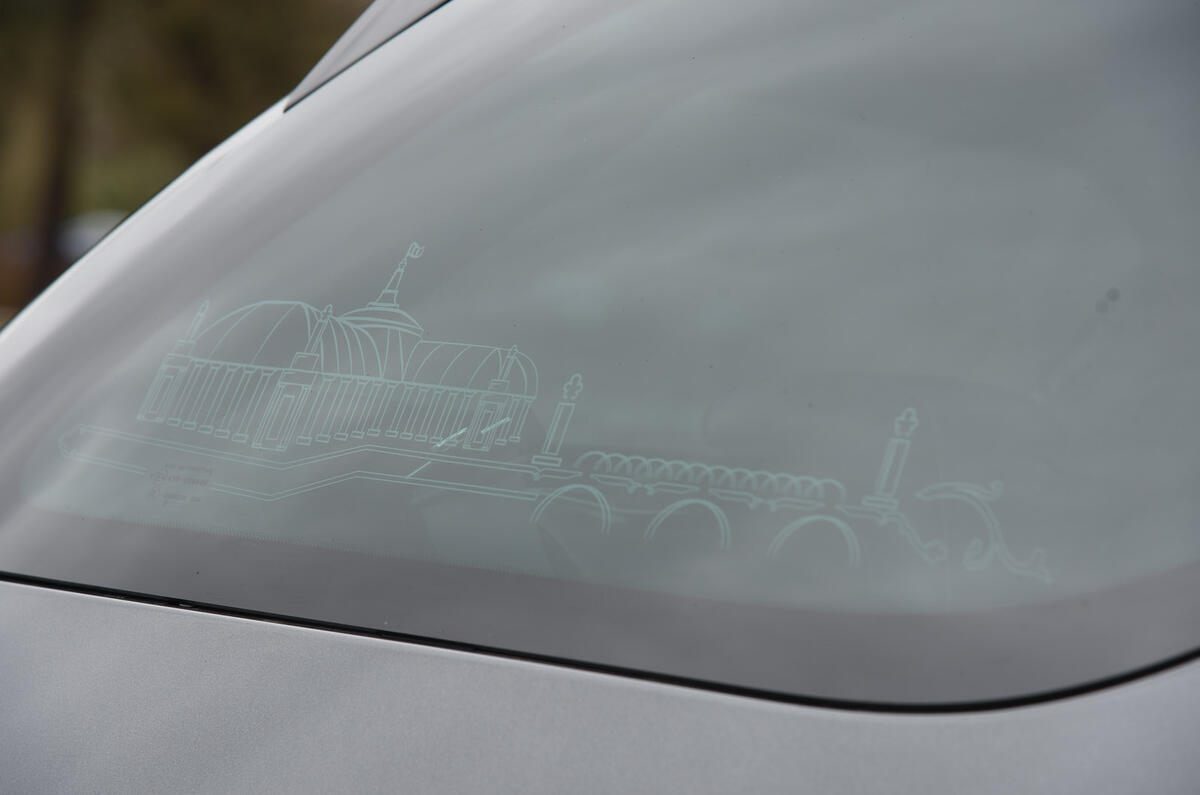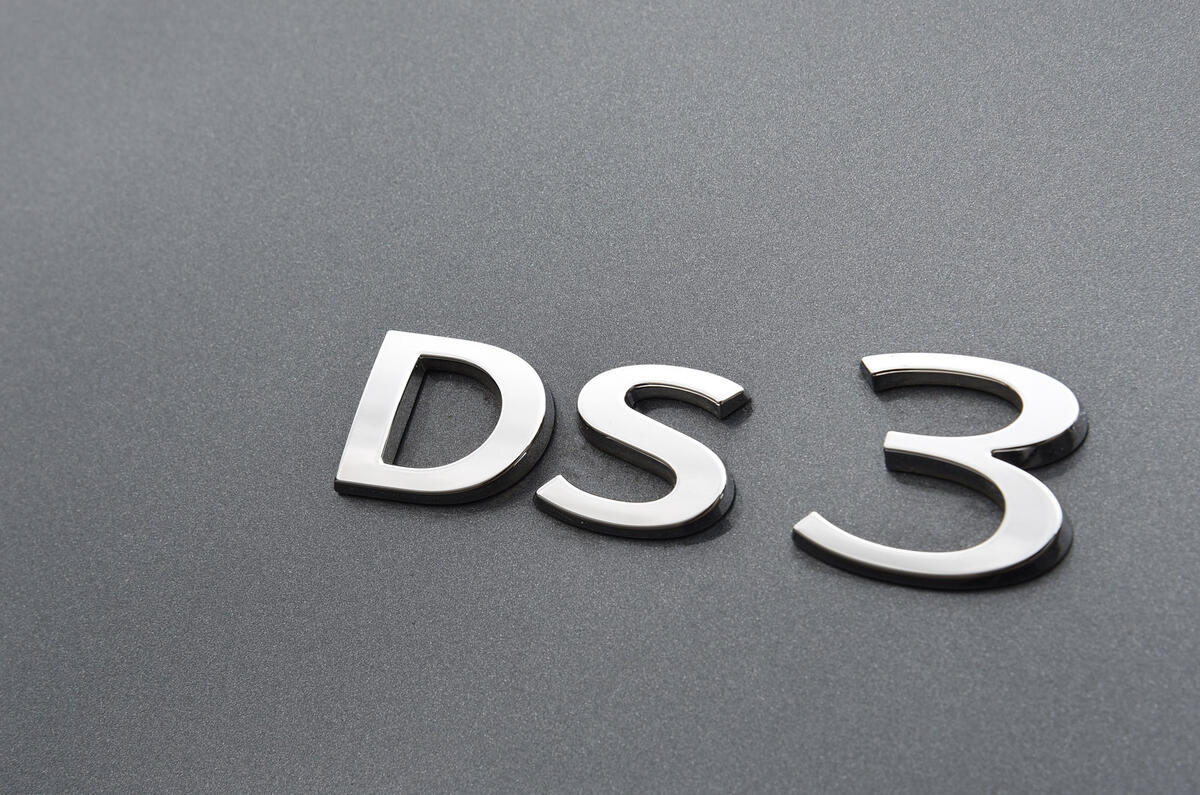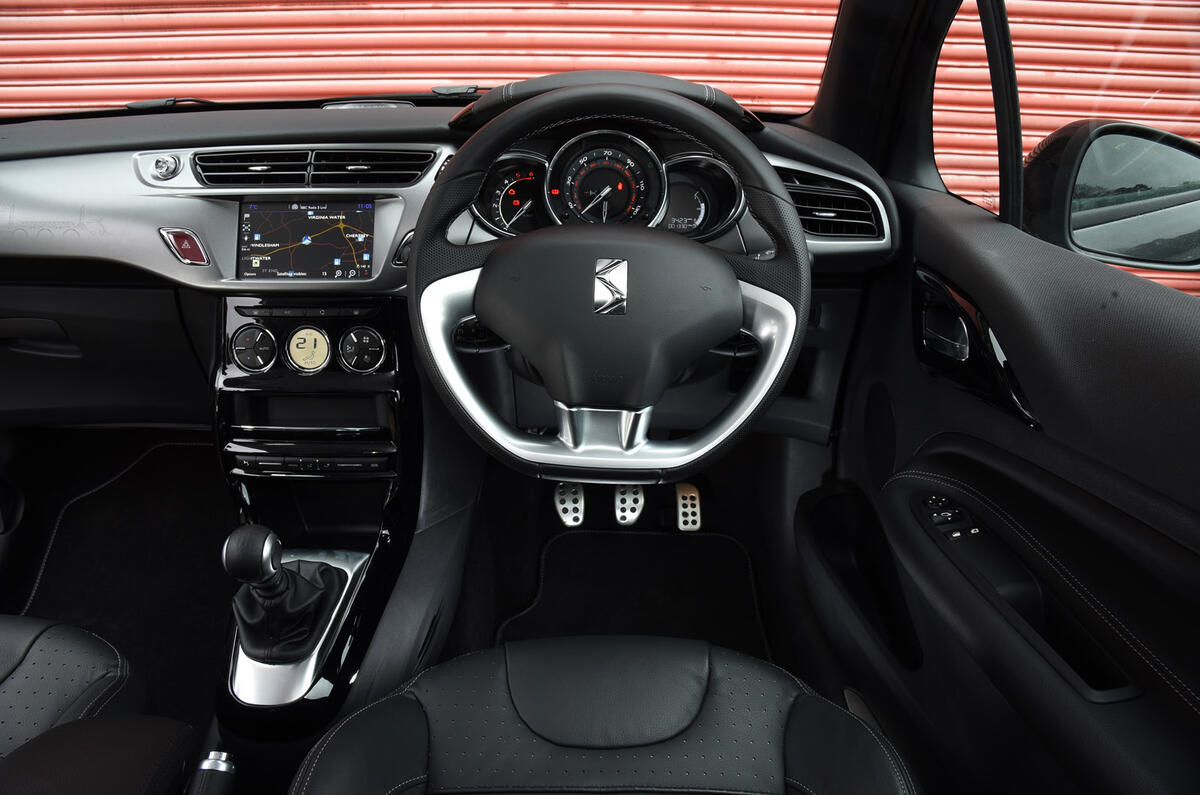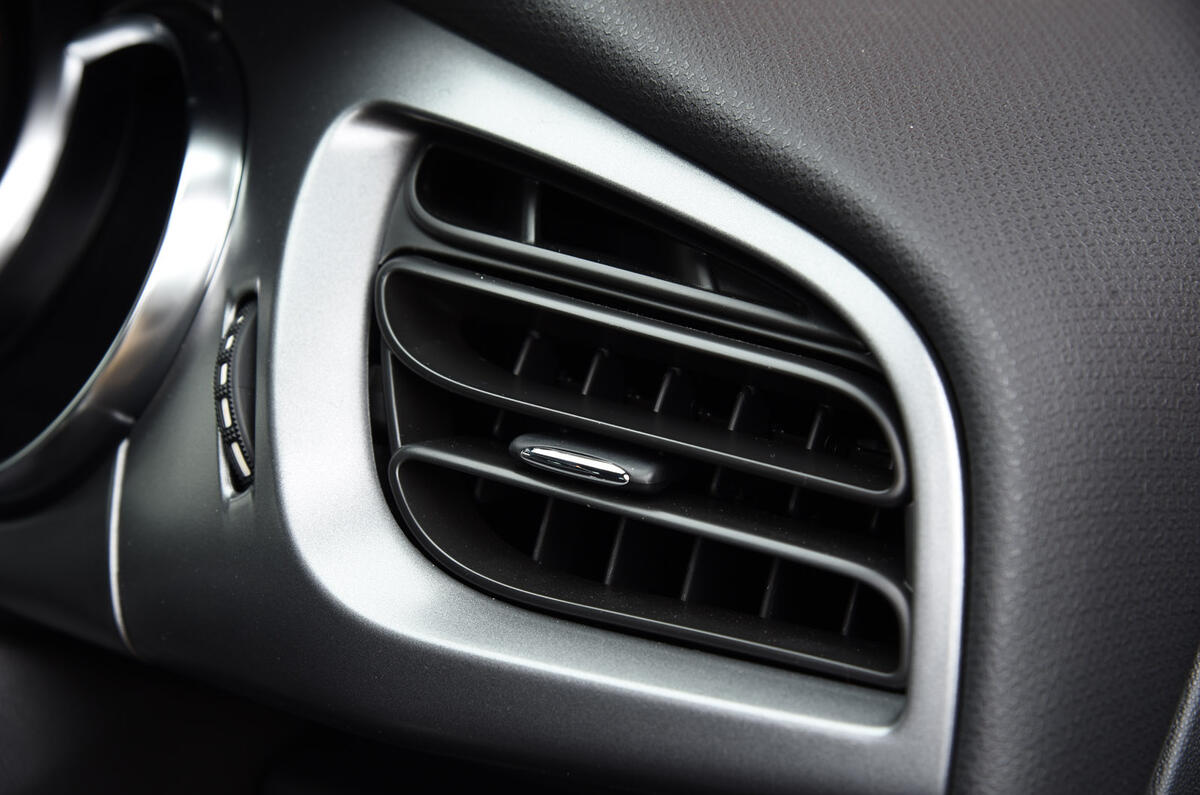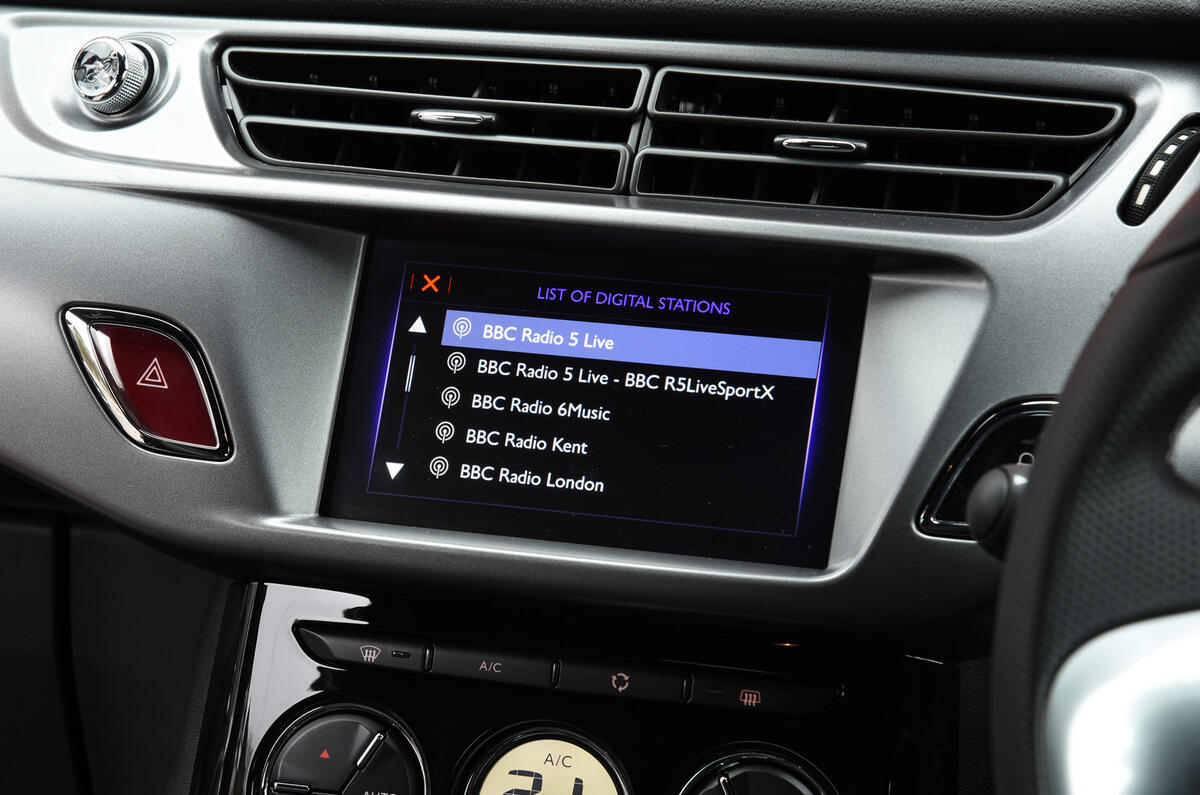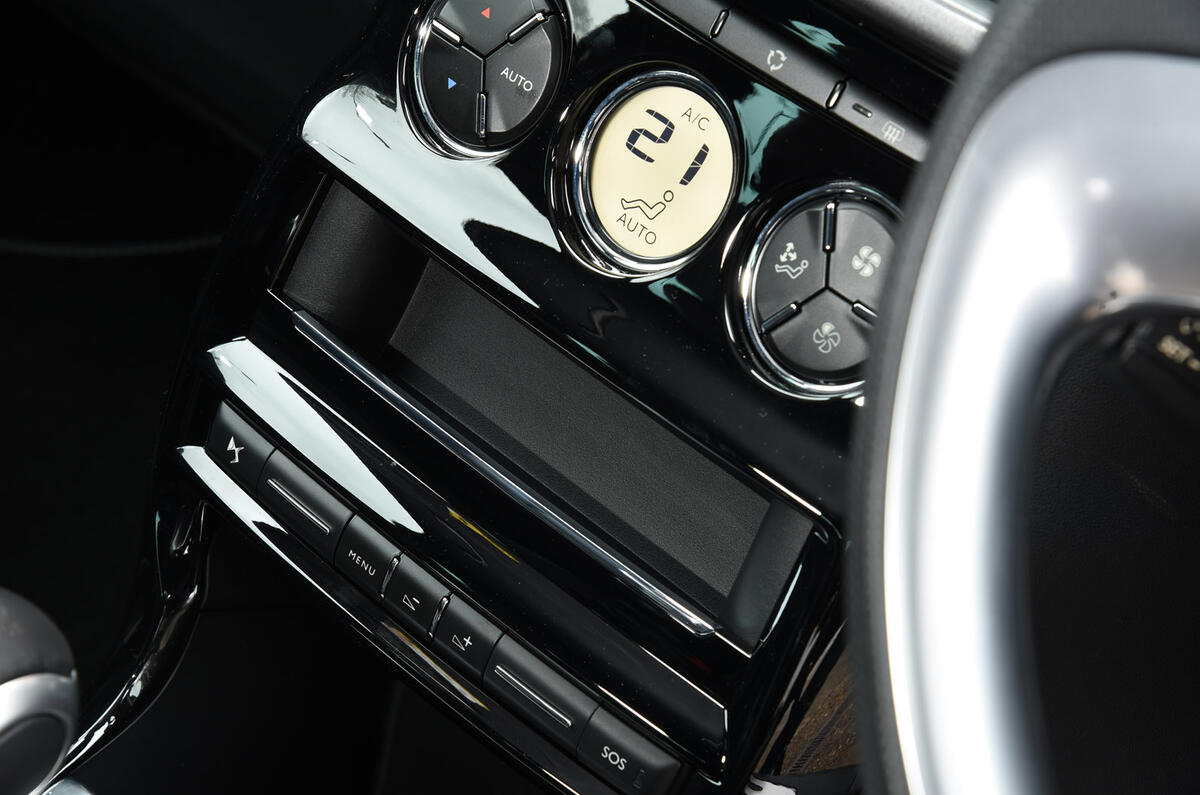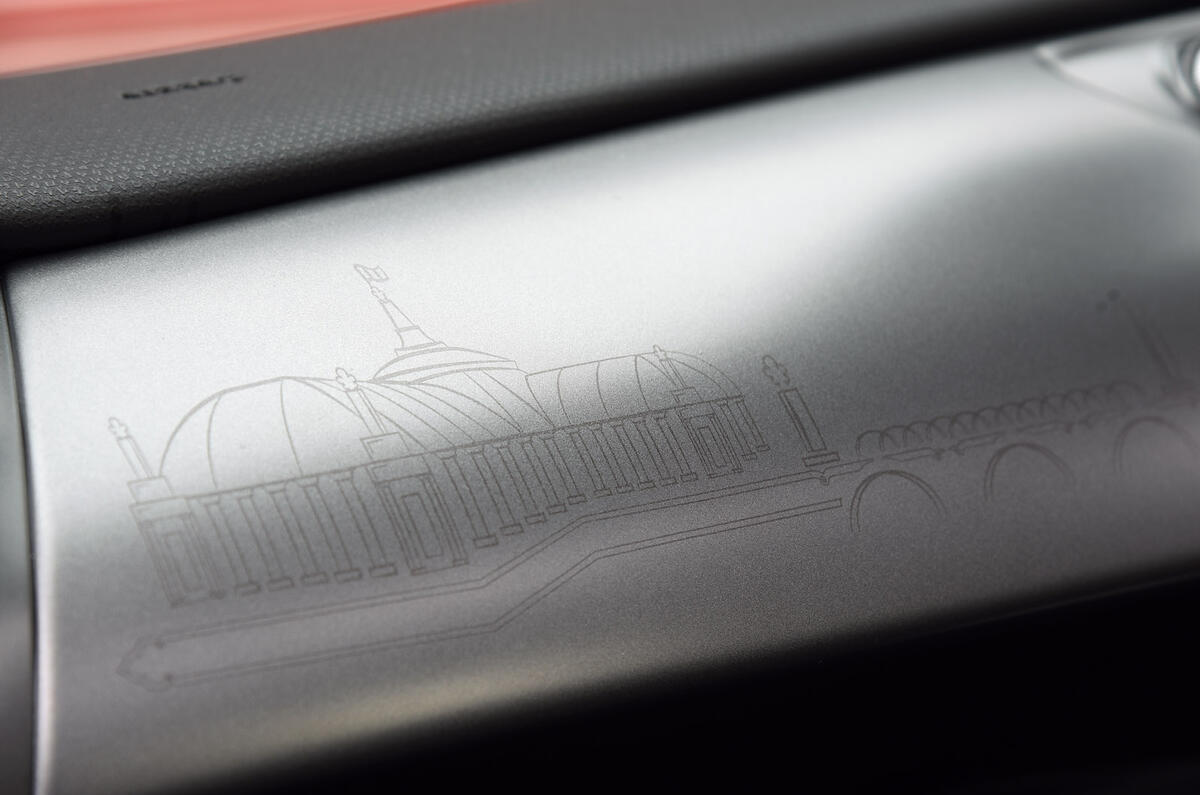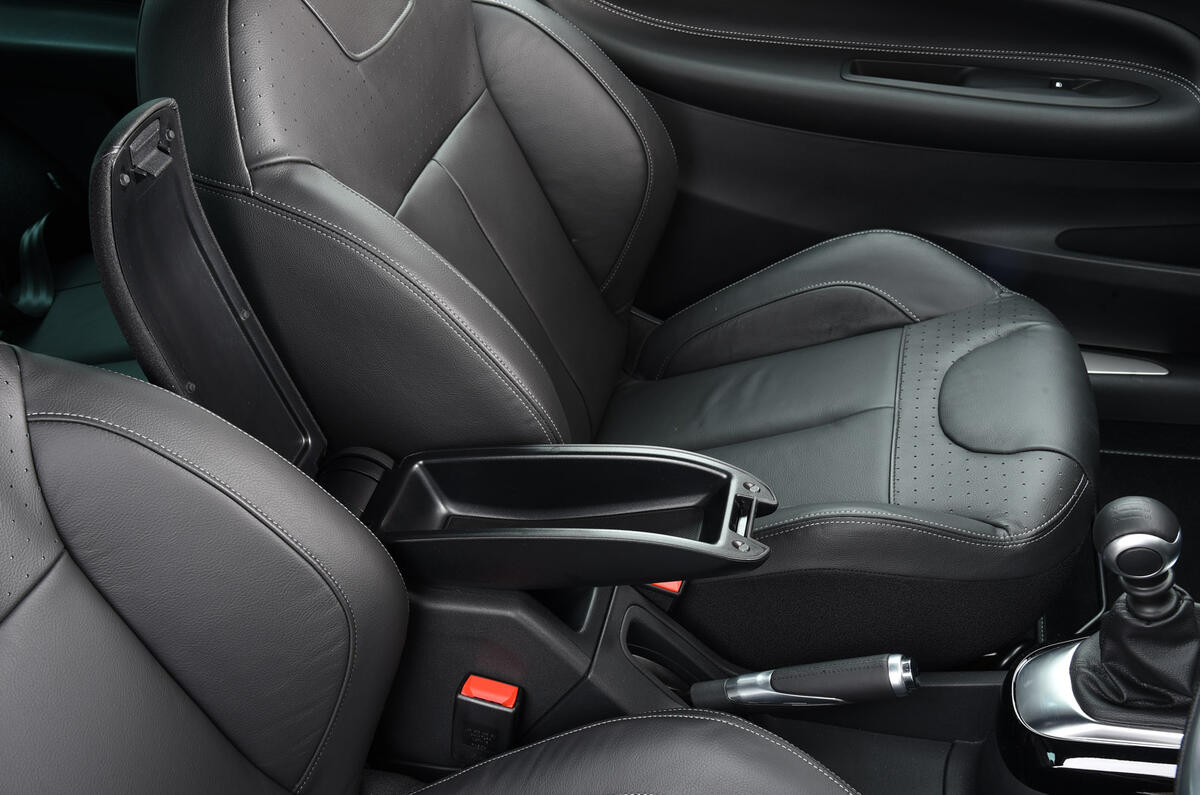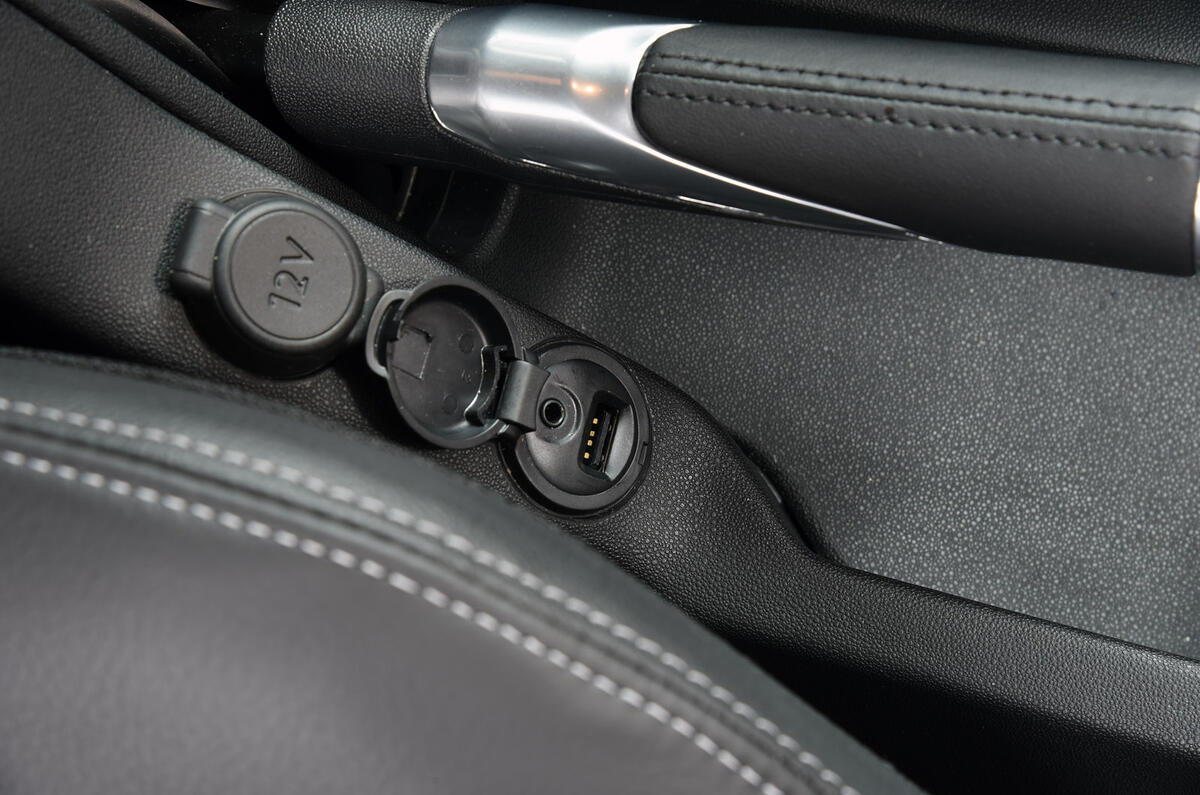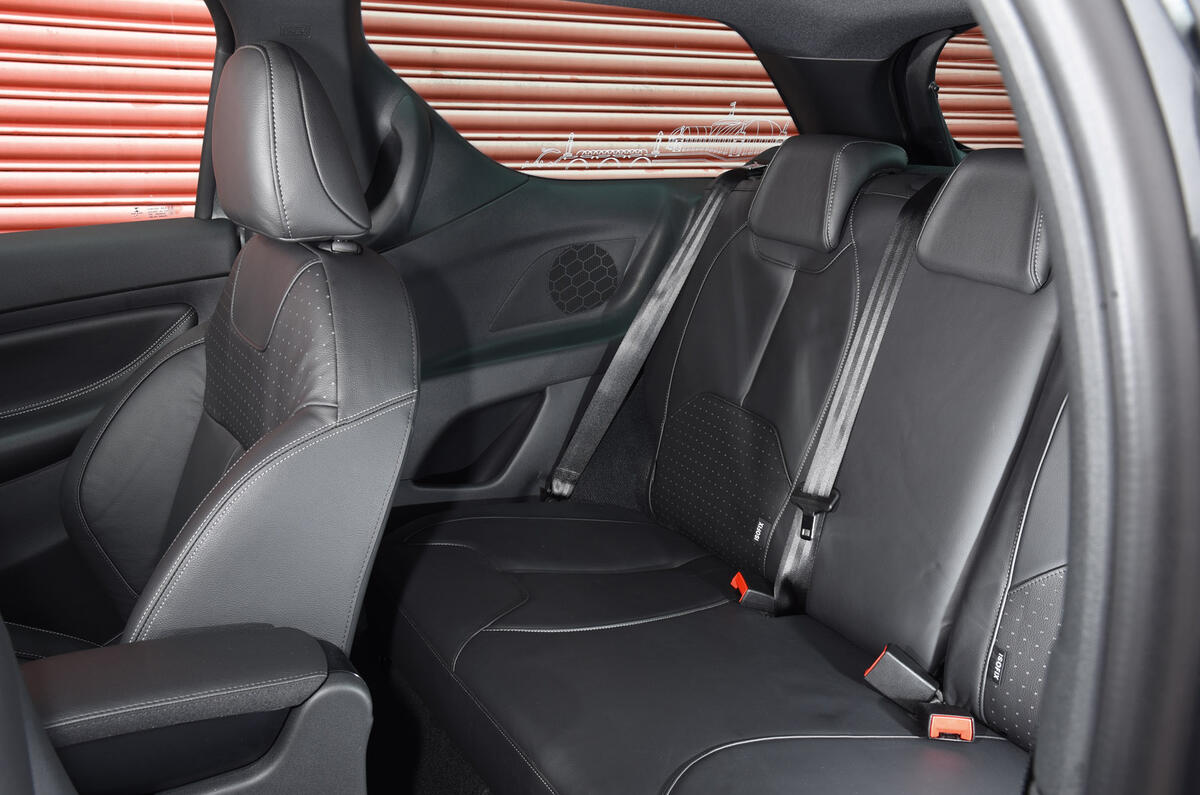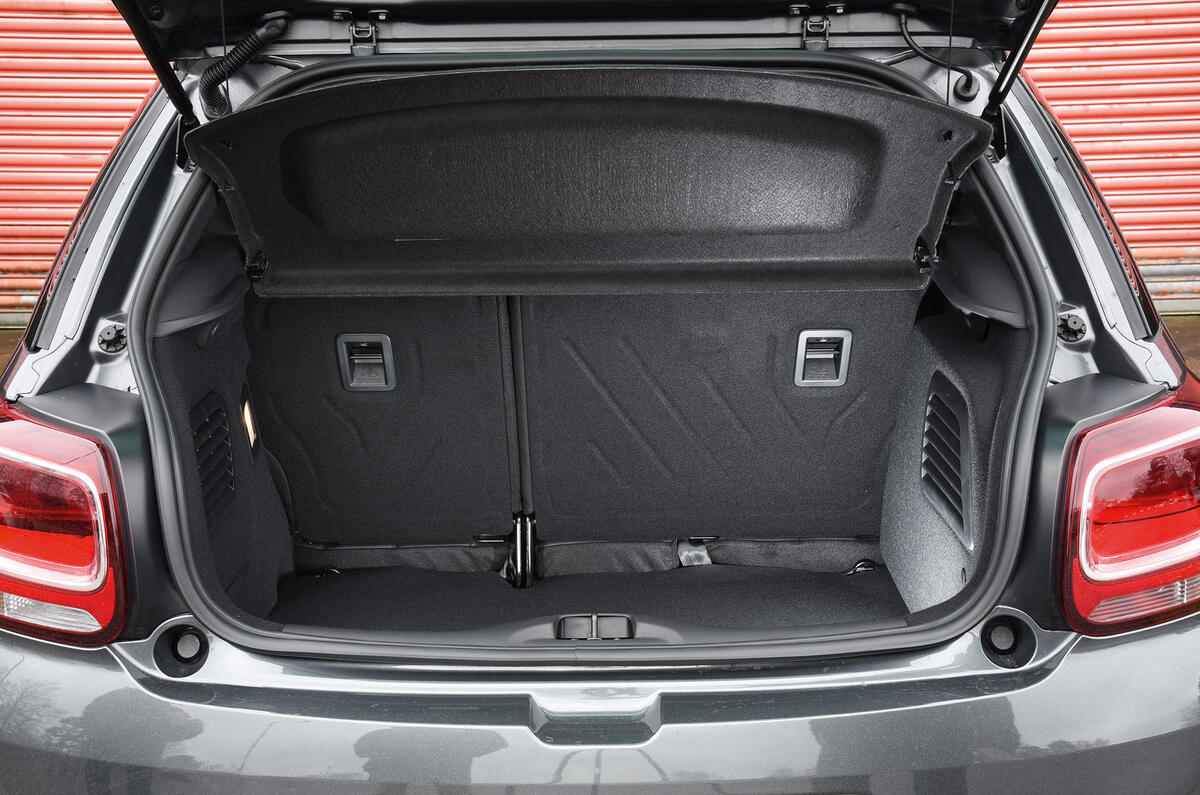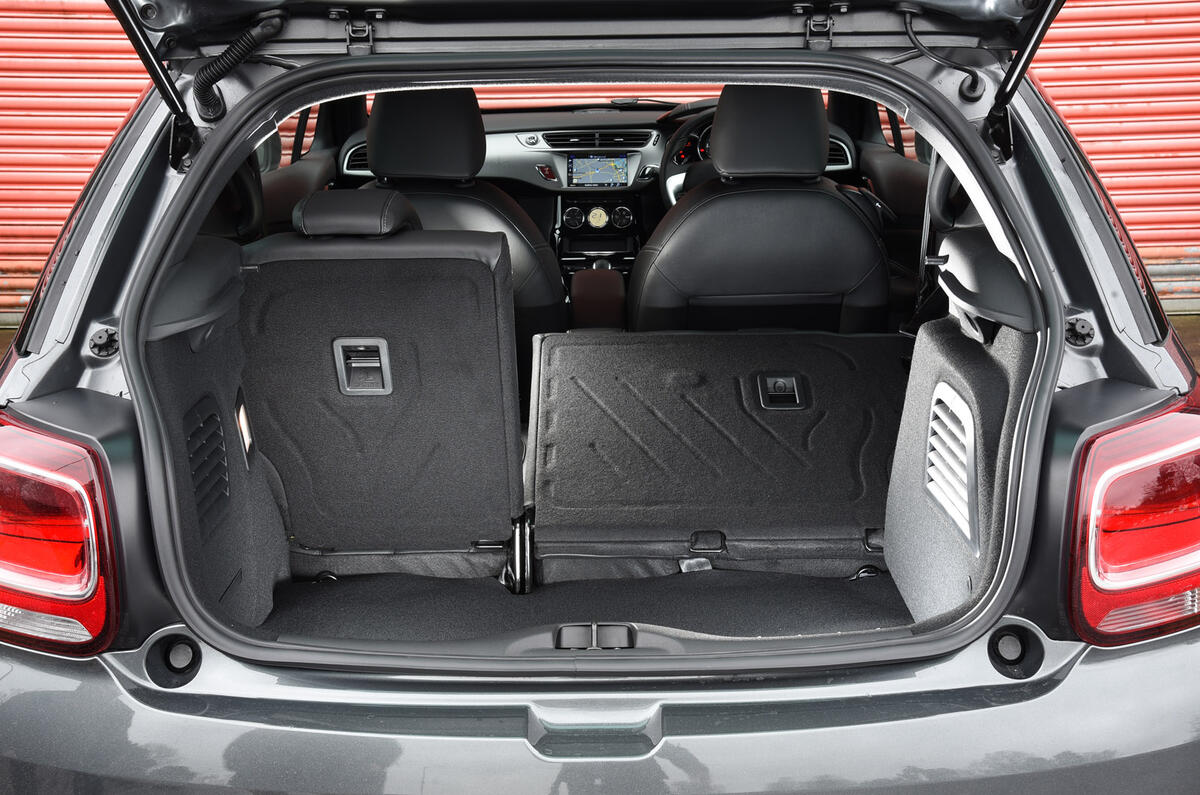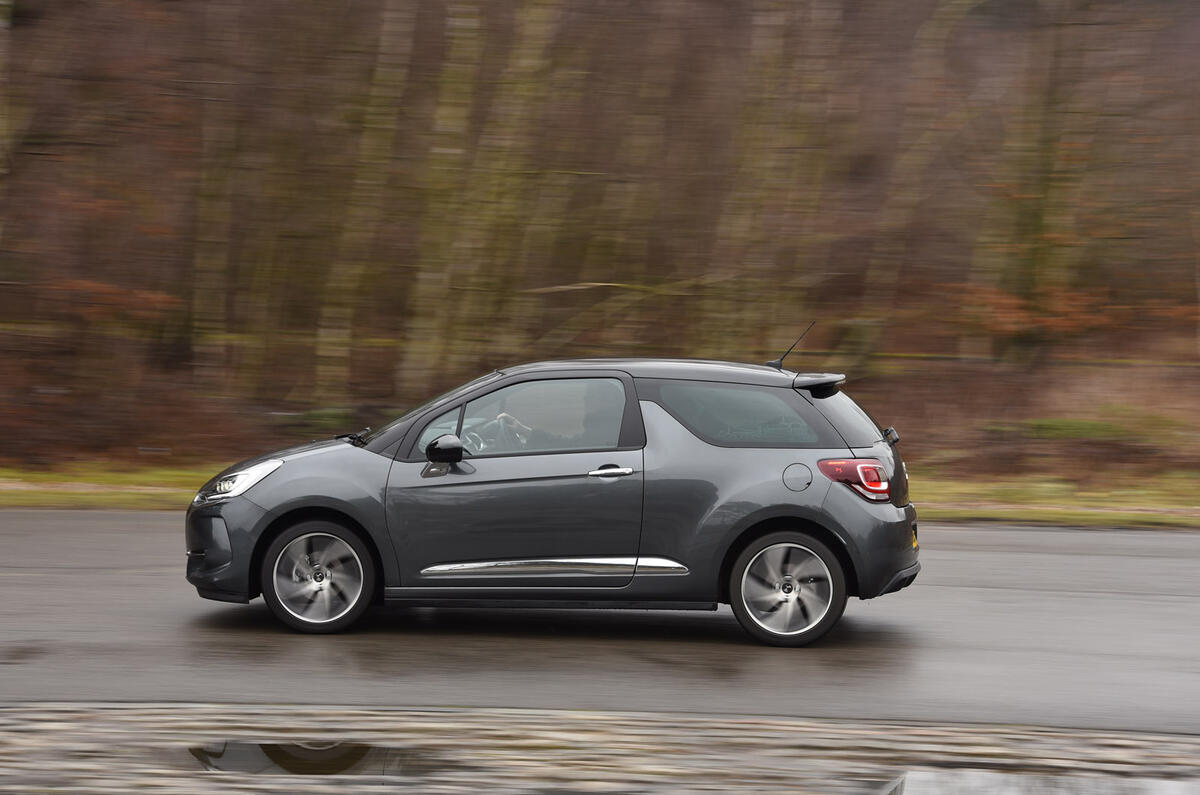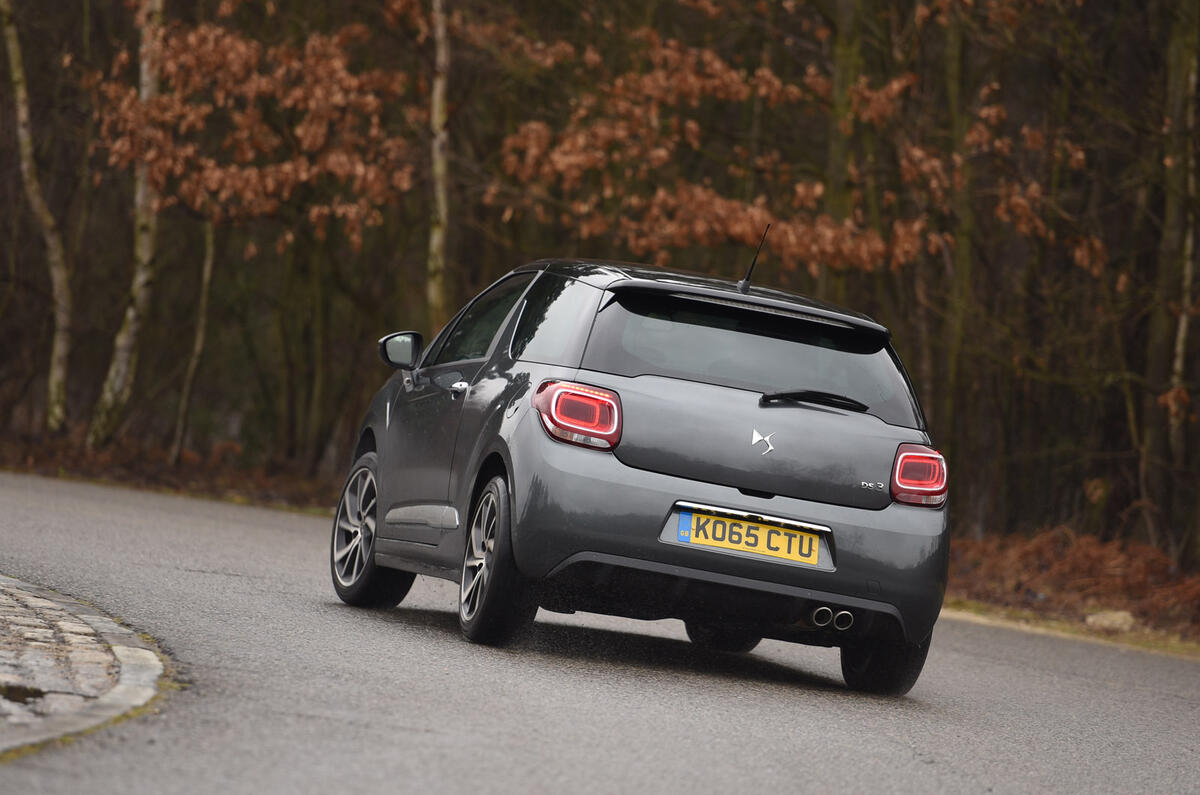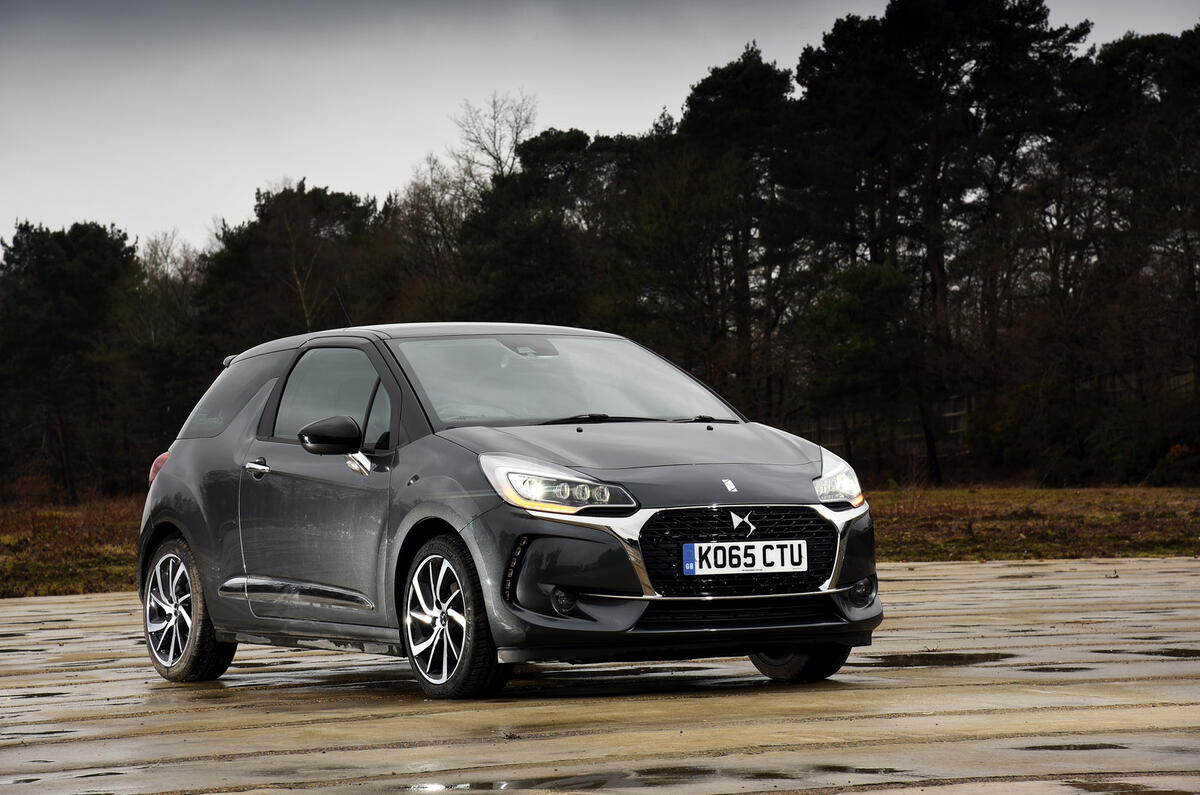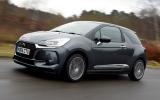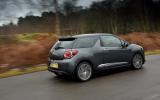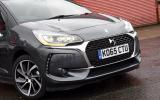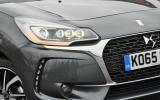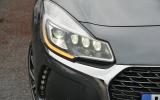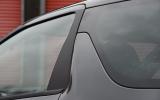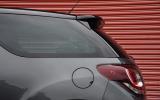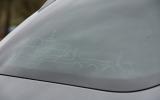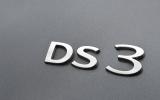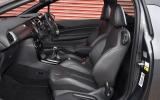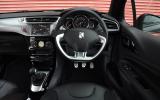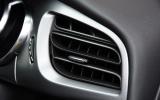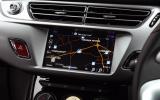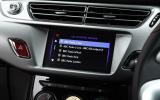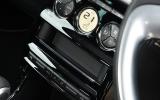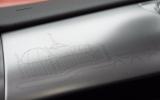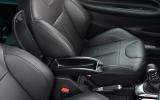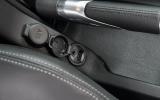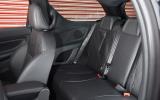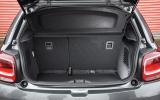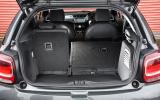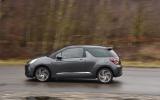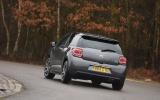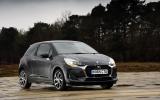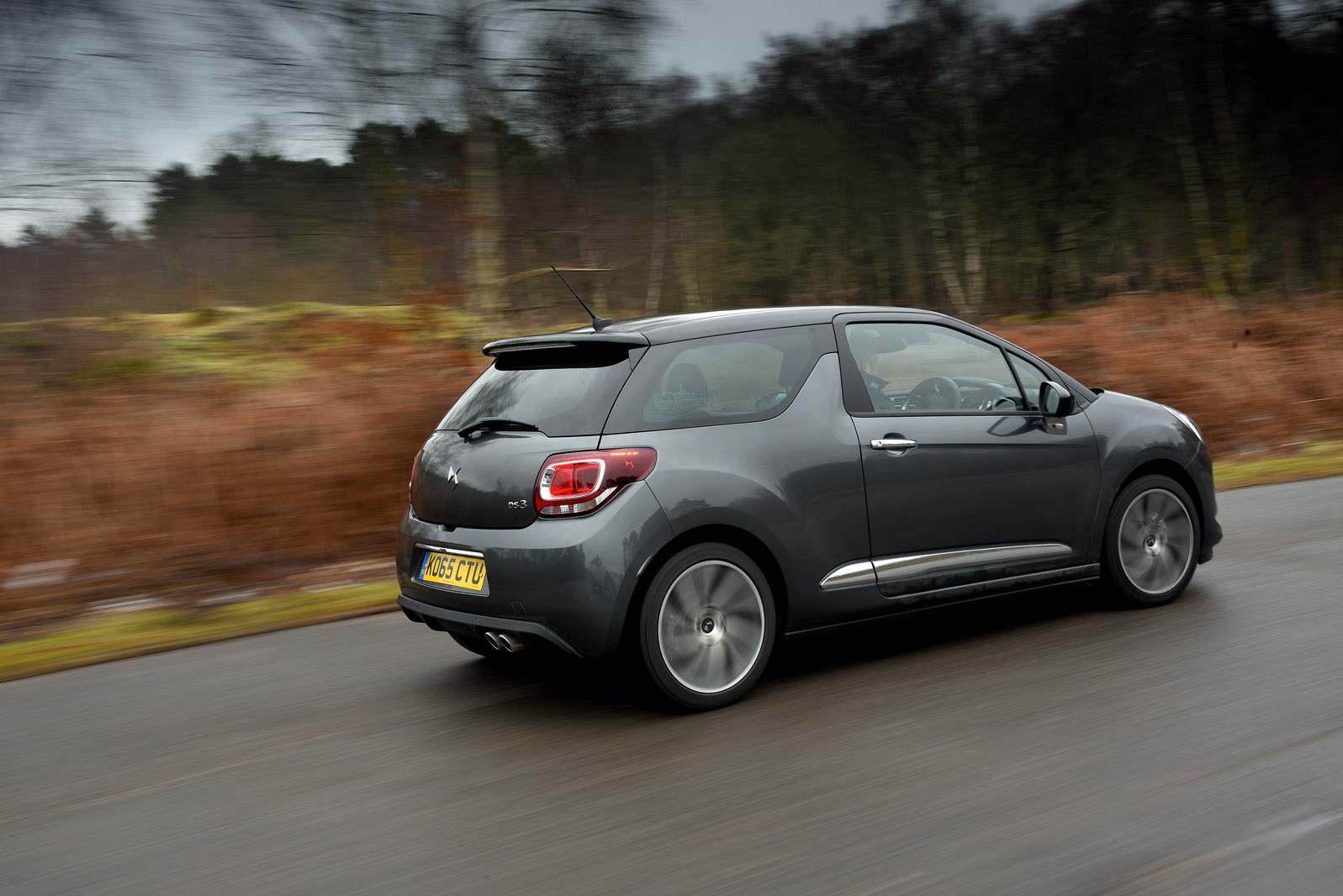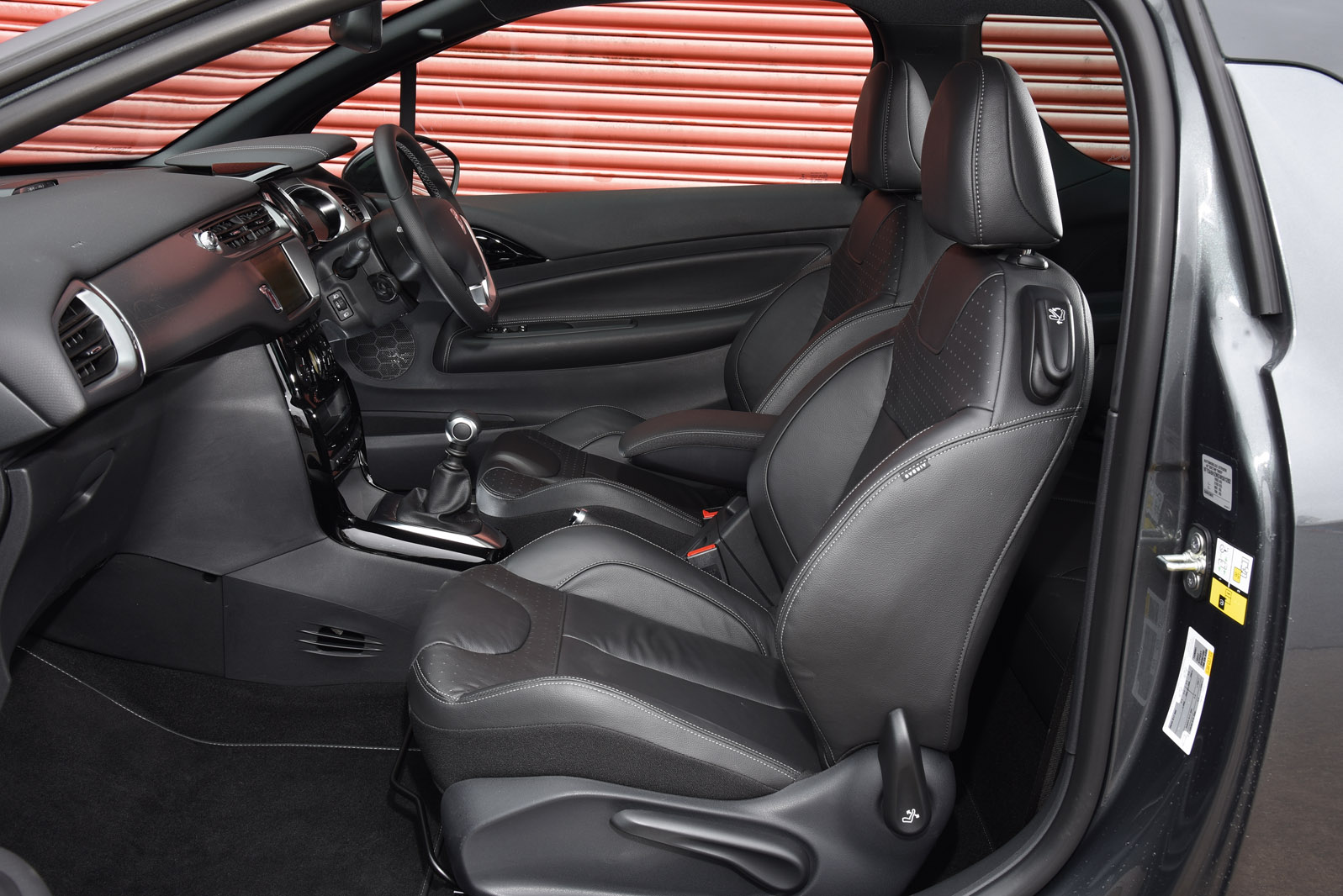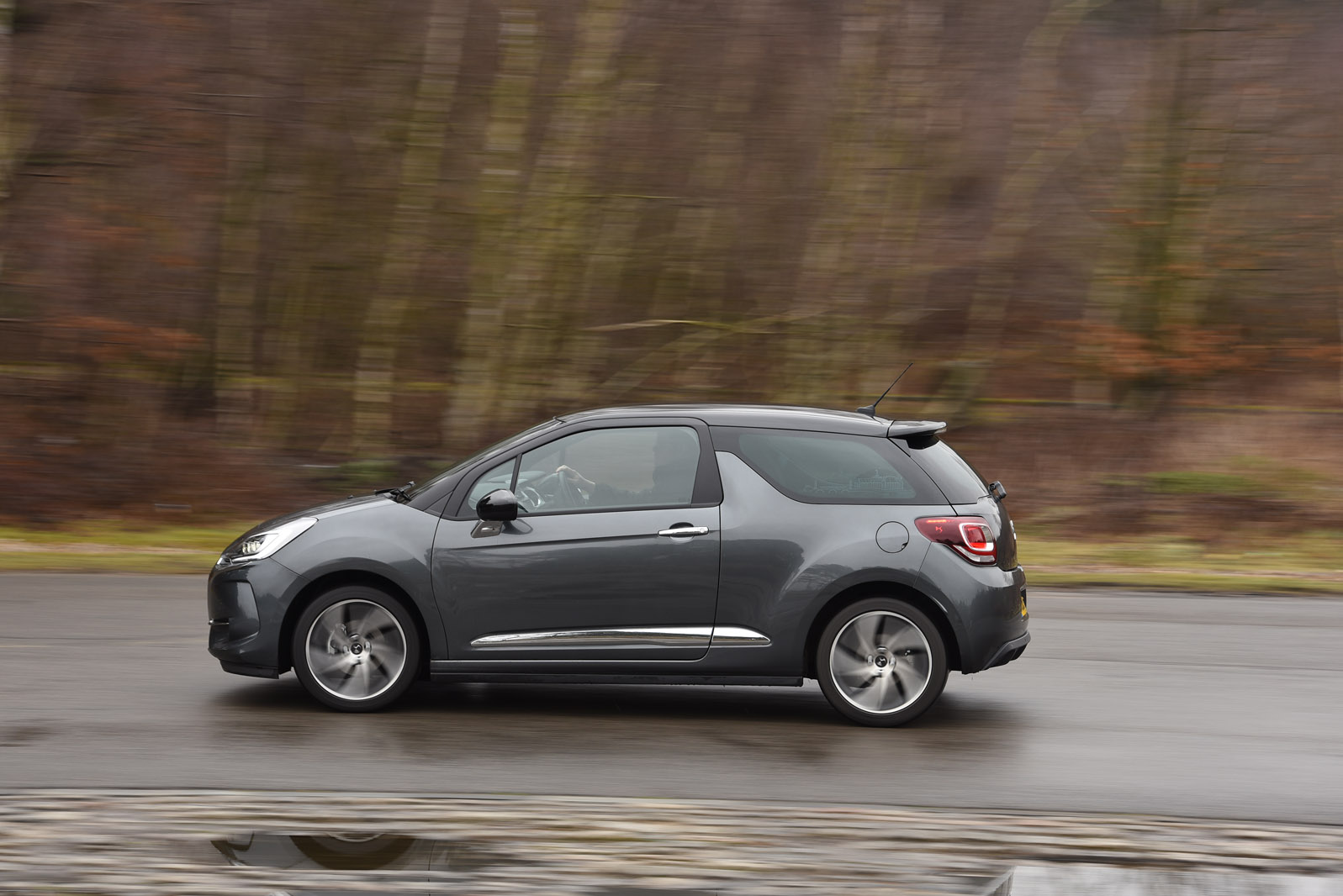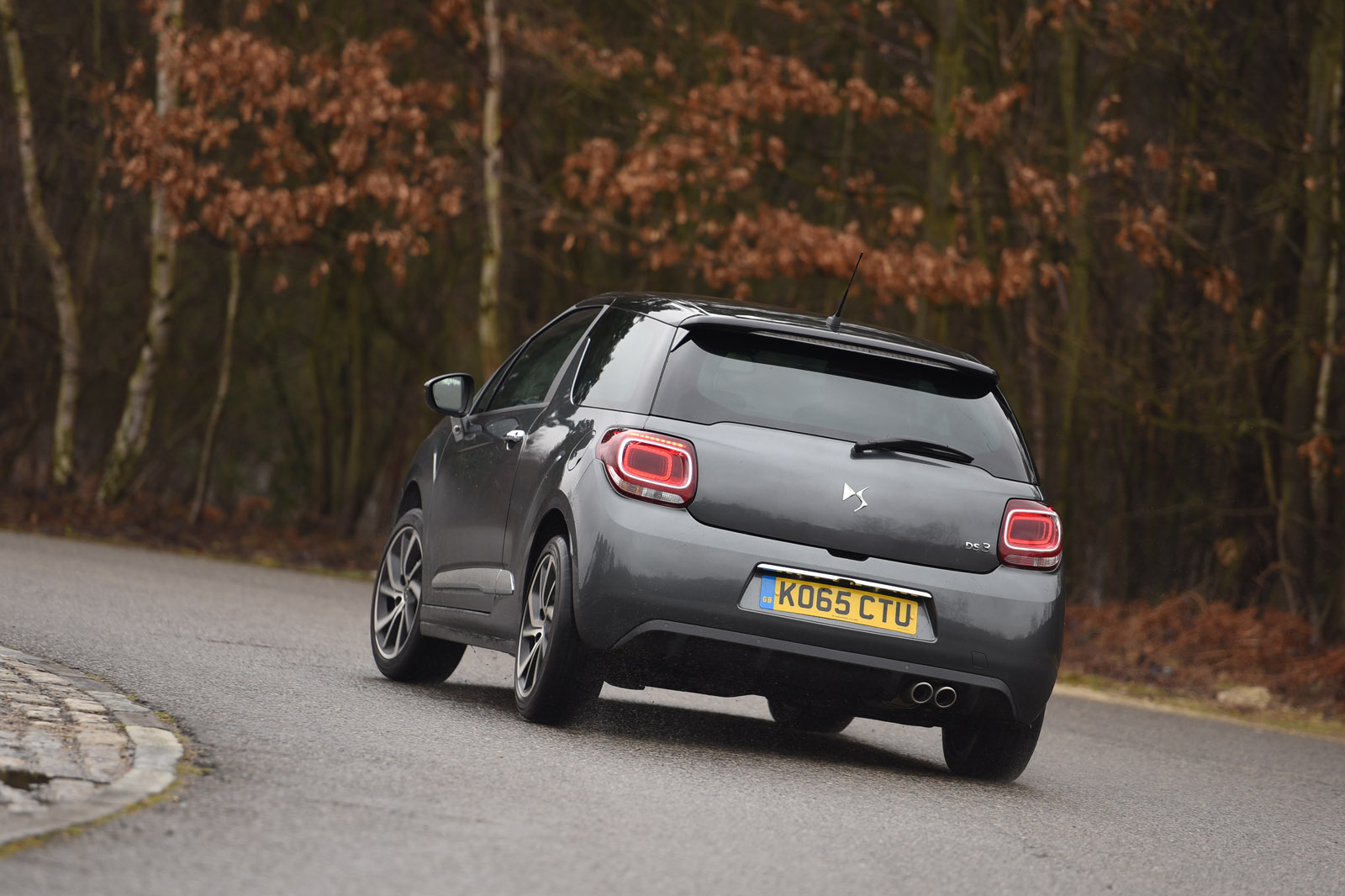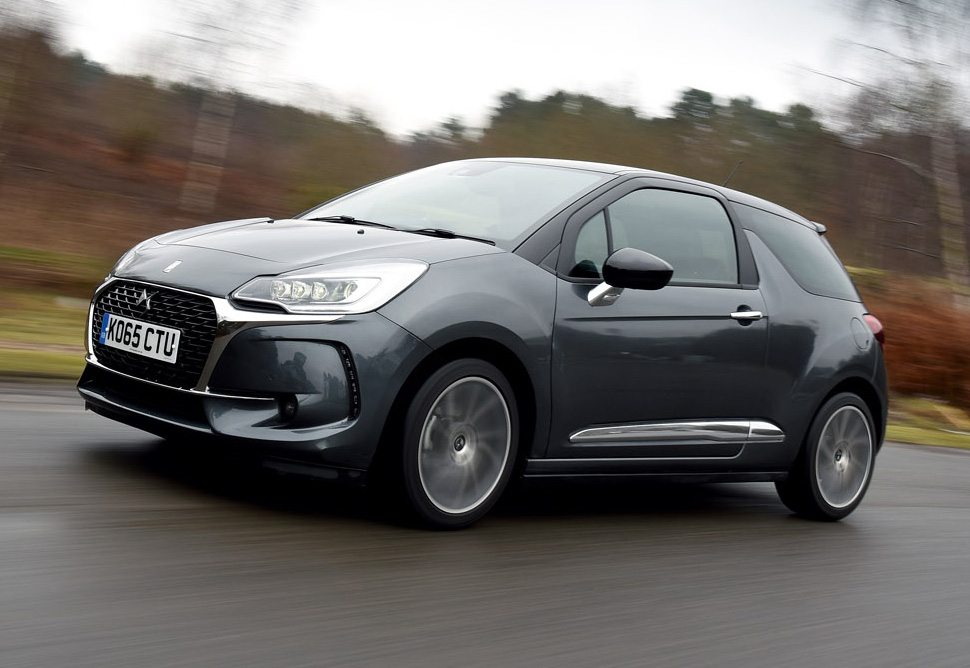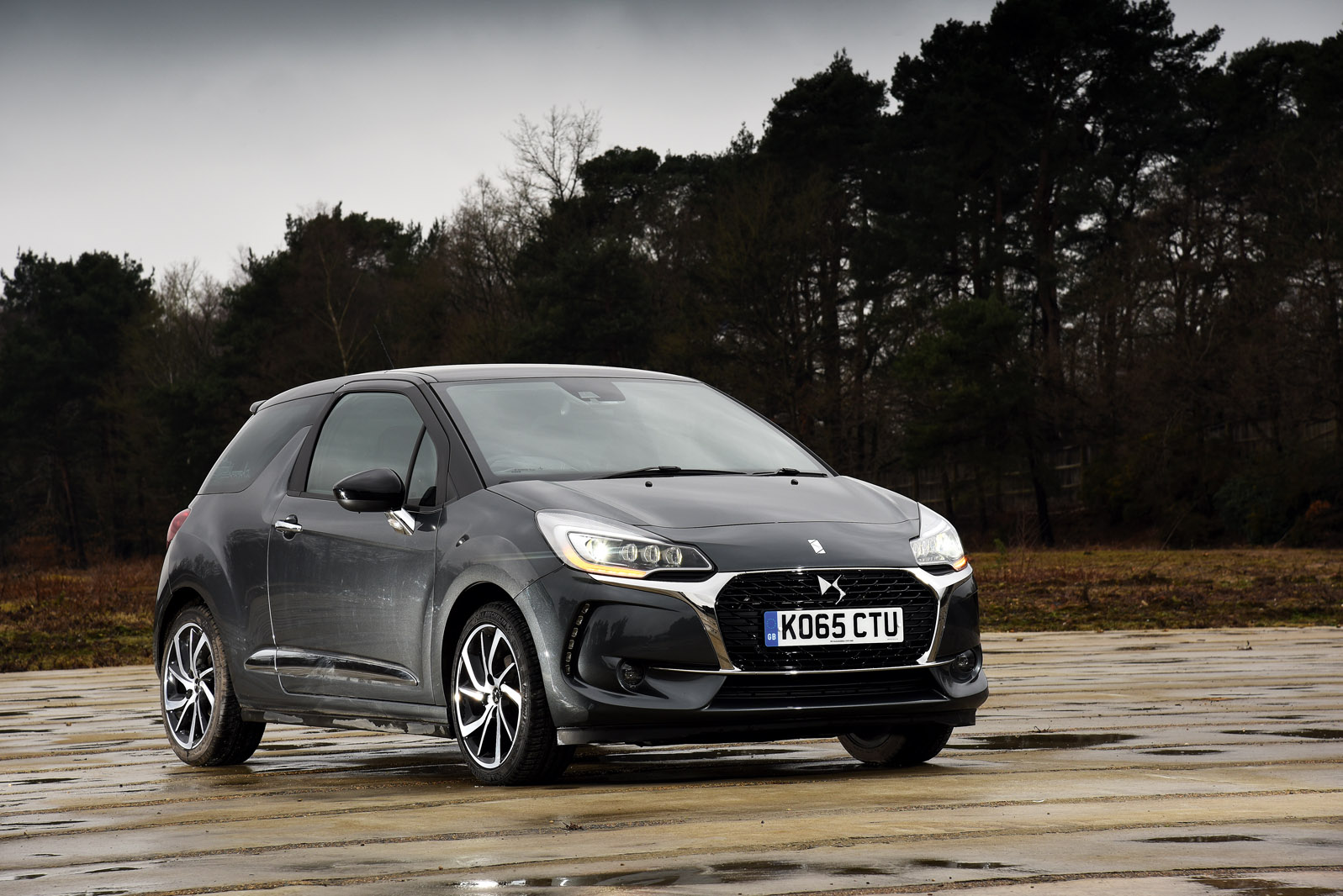The 3 doesn’t seem like the most practical car of its kind, because it’s offered in three-door form only, but compared with its competitors and sized up by the doughty Autocar road test tape measure, its cabin measures up quite well.
You wouldn’t ask a large adult to travel in the rear of the cabin, but it’s easier to swing yourself into and out of than it might otherwise be, thanks to a conveniently large grab handle that you’ll find on the inside of the ‘shark fin’ B-pillar panel.
There are three seatbelts fitted across the back, and although a new Mini offers more rear cabin space, an Audi A1 offers a fair bit less. The 3 scores moderately well on boot space, too, with a particularly deep loading area and room in there for a spacesaver spare as well.
Not that anything as rational as practicality is ever likely to sell such a car. Distinguishing material lavishness and flourish will be much more convincing for typical 3 customers and – balanced against some less convincing material quality, ergonomic design and infotainment features, all of which we’ll come to – there’s probably just enough of both to seal the deal.
Our Shark Grey test car had DS’s ‘Irresistible Paris’ accessory pack fitted, imposing a silver-grey fascia foil where a more colourful choice might have lifted the cheeriness of the car’s cabin ambience usefully. Even so, there’s enough ritzy chrome decoration about the fascia to make it look instantly special – from the bezelled instruments to the chrome-finished and leather-bound handbrake.
Spend any length of time in the car and you’ll realise that there’s limited depth to the cabin’s special feel, though. The hard secondary plastics of the door cards and dashboard have little tactile appeal, the car’s column stalks and minor switchgear feel a little cheap, and the general shortage of storage space around the interior betrays the lack of thought given to usability.
There’s no cupholder in the car at all, for example, and the best place to store a smartphone in our test car was inside the optional front armrest, around the edge of which DS provides no cut-out through which to trail a USB cable without trapping it.
DS’s new 7.0in infotainment system for the 3 isn’t going to cause anyone at Audi or Mini to lose sleep, but it does at least usefully update the car to a state where it no longer feels cringeworthily out of step with its rivals on multimedia and connectivity options.
The system is slightly cumbersome to use, primarily because its ‘home’ menu button is positioned down low, within a finger’s stretch of the gearlever — and, in every other way, you navigate using the touchscreen. Why there isn’t a ‘home’ button on the screen is an infuriating mystery.
The screen’s graphics are neatly and colourfully rendered, although they’re a long way from looking outstanding by the standards expected of a premium brand. The system itself is fairly quick to respond and the navigation is averagely well detailed.
DS’s Mirror Screen system — whereby you can connect the infotainment screen to your Apple or Android smartphone and ‘mirror’ your navigation, messaging and entertainment apps on the main display — is a £100 option that our test car didn’t have.


